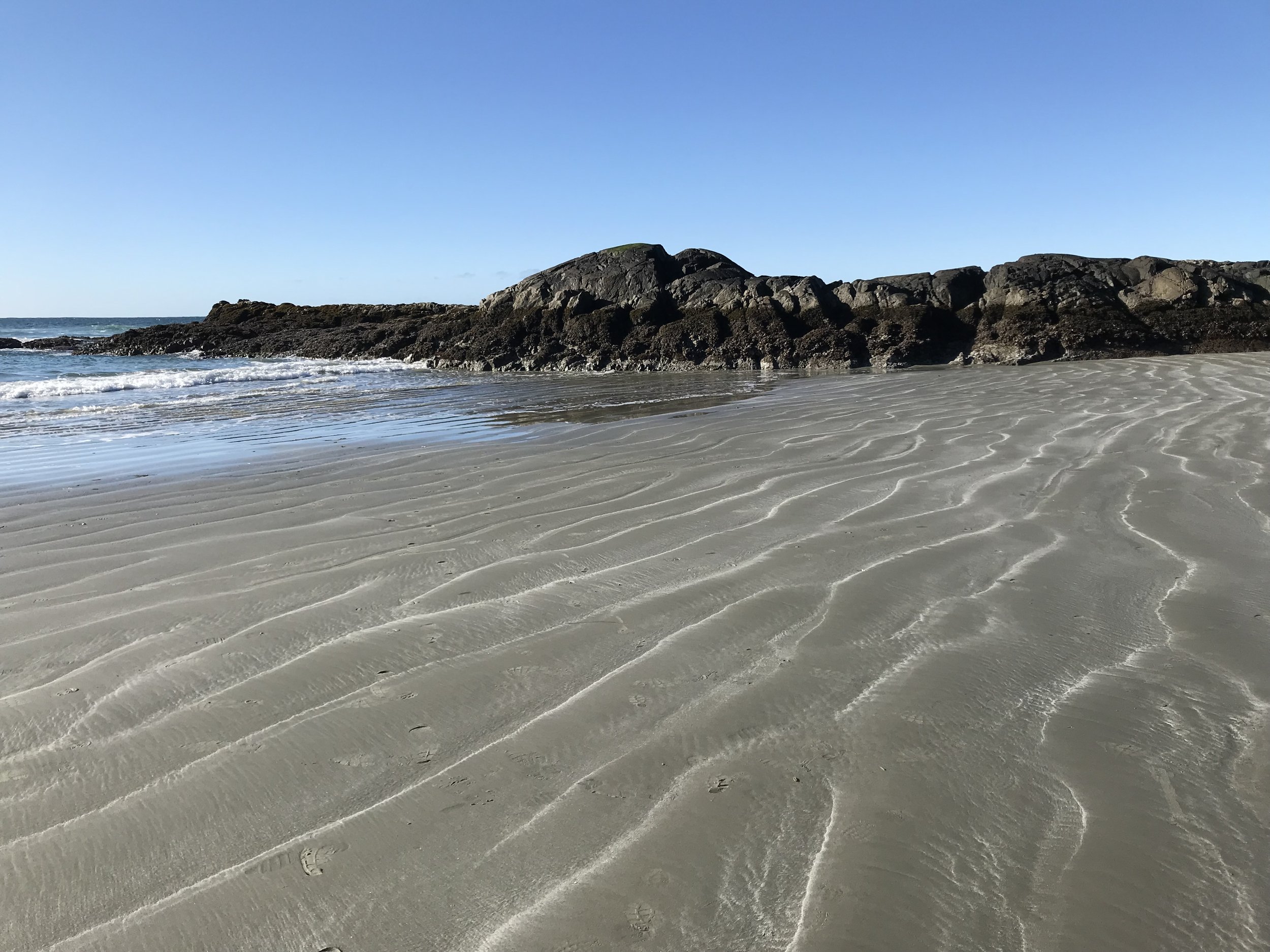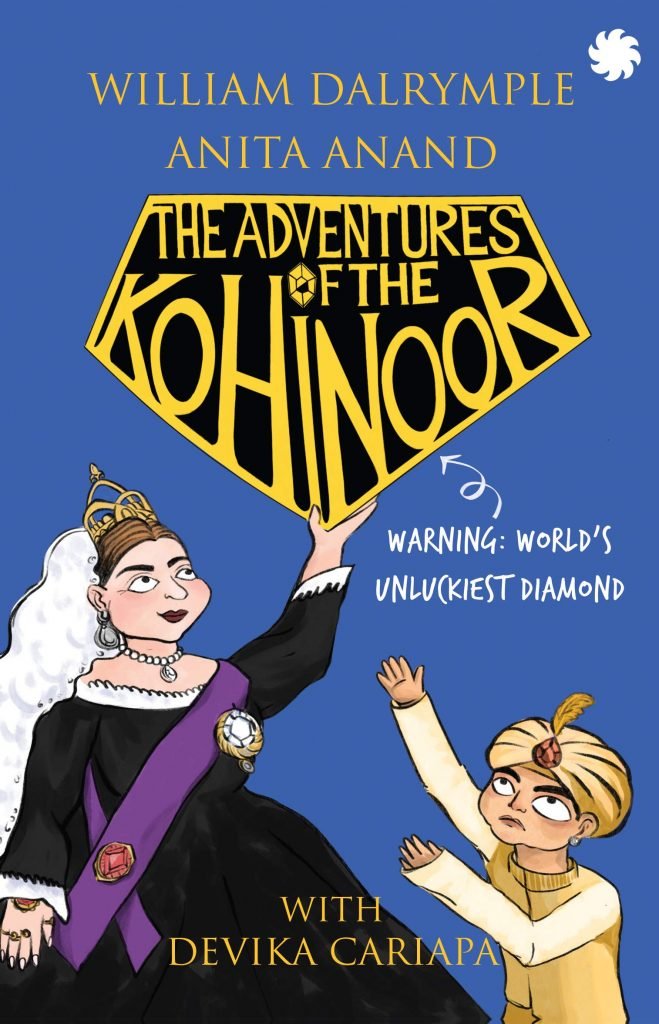
Writing With a Broken Tusk
Writing With a Broken Tusk began in 2006 as a blog about overlapping geographies, personal and real-world, and writing books for children. The blog name refers to the mythical pact made between the poet Vyaasa and the Hindu elephant headed god Ganesha who was his scribe during the composition of the Mahabharata. It also refers to my second published book, edited by the generous and brilliant Diantha Thorpe of Linnet Books/The Shoe String Press, published in 1996, acquired and republished by August House and still miraculously in print.
Since March, writer and former student Jen Breach has helped me manage guest posts and Process Talk pieces on this blog. They have lined up and conducted author/illustrator interviews and invited and coordinated guest posts. That support has helped me get through weeks when I’ve been in edit-copyedit-proofing mode, and it’s also introduced me to writers and books I might not have found otherwise. Our overlapping interests have led to posts for which I might not have had the time or attention-span. It’s the beauty of shared circles.


Process Talk: India’s History Through the Lens of After Midnight by Meghaa Gupta
We are all aftermath to the people who went before us, whether we knew them or not, whether they could even imagine us, whatever they might think of us and what we have become. We create for ourselves the story of who they were, and with our lives we write the next chapter. And because we’re in the middle of present-day events, we can’t see how they will build into history.
That is why, in the context of August 15, 2024, India’s 77th Independence Day, we take a longer view of India’s history through the lens of Meghaa Gupta’s nonfiction book, After Midnight: A History of Independent India (Puffin India, 2022) in which she seeks to “contextualize the challenges of the present with the past and make greater sense of the times we live in.”
I asked Meghaa how a book about the past can shed light on the present.

Warning: World’s Unluckiest Diamond
I have long been a fan of William Dalrymple’s books. I very much enjoyed reading the authoritative and wide-ranging history he co-authored a few years ago with Anita Anand, Koh-I-Noor: The History of the World’s Most Infamous Diamond.
I wondered at the time if a book for children might some day be drawn from this material. It seemed like an obvious reach and something likely to fuel middle-grade curiosity.
Now, here it is.
